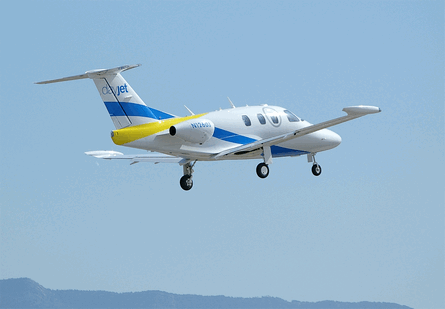Investor wobbles and a dearth of new aircraft have stalled the air taxi revolution in North America. However, those developing the sector insist the hiatus is temporary and that the business community is slowly being won over to the concept of the flying cab.
Two years ago, a flurry of start-ups, led by Florida's DayJet, promised to change the way business people travel on short-hop trips, by providing cut-price, on-demand flights on very light jets and other small aircraft.
Several of these, including Point2Point, have folded, while Polo has failed to get funds to launch. Adam Aircraft's collapse scuppered would-be Adam A700 operator Magnum. DayJet has radically reined its ambitions due to teething problems with the Eclipse 500 and a struggle for capital. It has had to consolidate its operation at just 28 aircraft, despite ordering 1,400 of the VLJs.
 |
|---|
© DayJet |
Cirrus SR22 operator SATSair in Greenville, South Carolina and Boston's Linear Air say they are struggling to meet demand, but have had to put expansion on hold. SATSair blames a sceptical finance community for keeping its fleet at 26 of the single-pilot, piston-single aircraft for 18 months. Linear Air says the ramp-down in Eclipse production as the airframer fights reliability and maintenance issues is holding back its expansion beyond four aircraft.
SATSair chief executive Steve Hanvey says "the market is there" to support a "doubling of our fleet every couple of years to 50-100 aircraft". He adds: "We have a customer demand beyond what we can support and would have more aircraft flying if the investment side was more open to supporting evolving air taxi concepts."
Linear Air chief executive William Herp says it will have 15 Eclipses by the end of 2009, but no more this year. "In the past two months, demand has been 60% above what we can deliver," he says.
Source: Flight International























